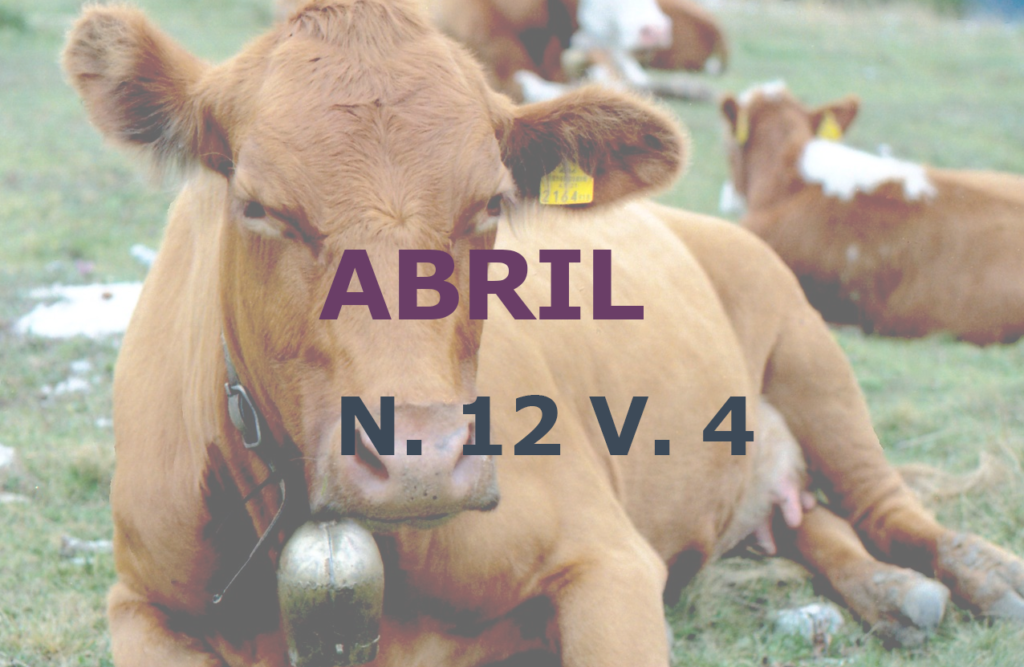Liver abscesses in cattle: Review
DOI:
https://doi.org/10.22256/pubvet.v12n4a80.1-11Keywords:
antibiotics, diets, ruminitisAbstract
Liver abscesses are considered sequelae of rumen acidosis and ruminits in cattle fed diets rich in highly fermentable carbohydrates and poor in roughage. Fusobacterium necrophorum is the main etiological agent and the second most frequently isolated pathogen is Arcanobacterium pyogenes, currently known as Trueperella pyogenes. Most of the time, liver abscesses are diagnosed and found in the postmortem examination during the slaughter of cattle, because there is rarely a manifestation of clinical signs. Macroscopically, liver abscesses are seen as an area of purulent inflammation, surrounded by a fibrous connective tissue capsule, which can vary in thickness and size, reaching up to 15 cm in diameter. Liver abscesses are identified as a huge economic problem for producers and also for the meat industry, since they are associated with a decrease in dietary intake, weight gain, carcass yield and the condemnation of the liver. Therefore, there is an incessant search to prevent and reduce the incidence of liver abscesses, mainly through alternative means to the use of antibiotics, such as the production of vaccines and the manipulation of the diets, since the use of antibiotics is contested by several countries due to the risk to induce antimicrobial resistance in humans. Thus, the objective of this review is to gather and discuss information about the incidence of liver abscesses in cattle, as well as their economic importance, etiology, pathogenesis, diagnosis and prevention.
Downloads
Published
Issue
Section
License
Copyright (c) 2018 Rones Goulart de Paula Júnior, Pedro Paulo Tsuneda, Luiz Eduardo Senra e Silva, Rodrigo Delbem Almeida, Núbia Bezerra do Nascimento Matos

This work is licensed under a Creative Commons Attribution 4.0 International License.
Você tem o direito de:
Compartilhar — copiar e redistribuir o material em qualquer suporte ou formato
Adaptar — remixar, transformar, e criar a partir do material para qualquer fim, mesmo que comercial.
O licenciante não pode revogar estes direitos desde que você respeite os termos da licença. De acordo com os termos seguintes:
Atribuição
— Você deve dar o crédito apropriado, prover um link para a licença e indicar se mudanças foram feitas. Você deve fazê-lo em qualquer circunstância razoável, mas de nenhuma maneira que sugira que o licenciante apoia você ou o seu uso. Sem restrições adicionais
— Você não pode aplicar termos jurídicos ou medidas de caráter tecnológico que restrinjam legalmente outros de fazerem algo que a licença permita.





